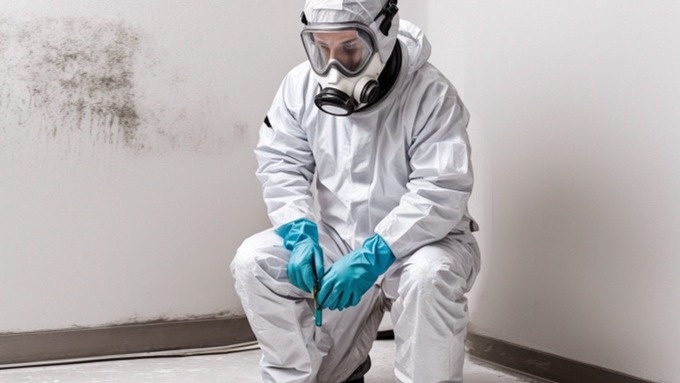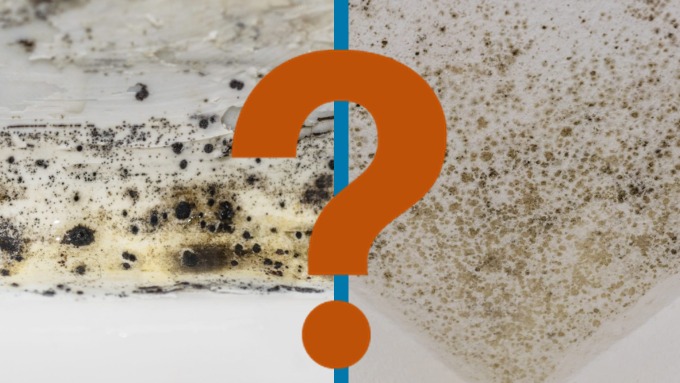Black Mold Symptoms
Respiratory Symptoms
One of the most common symptoms of black mold exposure is respiratory issues. Inhaling mold spores can irritate the respiratory system, leading to symptoms such as coughing, wheezing, and sneezing. People with pre-existing respiratory conditions, such as asthma or allergies, may experience more severe symptoms when exposed to black mold.Allergic Reactions
Black mold can trigger allergic reactions in individuals who are sensitive to mold. Symptoms may include itchy or watery eyes, runny nose, nasal congestion, and skin rashes. Some people may also experience headaches, fatigue, and a general feeling of malaise. Allergic reactions can vary in severity depending on the individual's sensitivity and the duration of exposure.Neurological Symptoms
Prolonged exposure to black mold can lead to neurological symptoms in some individuals. These symptoms can vary and may include difficulty concentrating, memory problems, dizziness, and confusion. Some people may also experience mood swings, anxiety, or depression. It is important to seek medical attention if you or someone you know is experiencing persistent neurological symptoms.Respiratory Infections
Black mold exposure can weaken the immune system, making individuals more susceptible to respiratory infections. Regular colds, bronchitis, and sinus infections may become more frequent for those exposed to black mold. If you notice a pattern of respiratory infections that seem to be related to your environment, it is essential to investigate for mold growth and take appropriate remediation measures.Intolerance to Temperature and Humidity
Some individuals exposed to black mold may develop an intolerance to changes in temperature and humidity. They may experience increased sensitivity to cold or heat, as well as discomfort in environments with high humidity. This intolerance can be a result of the body's response to mold toxins or an overactive immune system.Gastrointestinal Issues
Ingesting black mold or inhaling mold spores can cause gastrointestinal symptoms in certain individuals. These symptoms may include nausea, vomiting, diarrhea, and abdominal pain. Although less common than respiratory symptoms, gastrointestinal issues can still occur in individuals who are exposed to black mold in their living or working environments.Conclusion
It is important to be aware of the symptoms associated with black mold exposure to protect yourself and your loved ones. If you suspect the presence of black mold in your environment, it is recommended to seek professional help for mold testing and remediation. Early detection and prevention are key to minimizing the potential health risks associated with black mold.Related Posts
 Mold Inspection
Mold Inspection
 Mildew vs Mold
Mildew vs Mold
 Effective, Efficient, Keeps Your Home Safe. Welcome to Authority Mold Removal. We are nationwide mold remediation experts. Call us today with your questions so you can make your home safe again.
Effective, Efficient, Keeps Your Home Safe. Welcome to Authority Mold Removal. We are nationwide mold remediation experts. Call us today with your questions so you can make your home safe again.Useful Links
Contact Info
24-Hour Service 646-389-9595admin@authoritymoldremoval.com
277 Park Ave, New York, USA